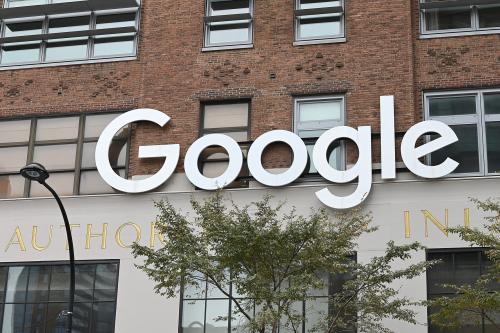The citizens of Cuba have historically had few outlets to information on the outside world, but that may be gradually changing. Cuba’s state telecom company ETECSA recently announced that it would be opening 35 new Wi-Fi hotspots around the island. In addition, the company will cut the price of connecting from $4 per hour to $2 per hour. Given infrastructure limitations, the new hotspots will only accommodate 50-100 users at a time with download speeds of 1 megabit per second (mbps). Low Internet speeds in Cuba partly stem from regulations that forbid the importation of most IT equipment, but warming relations with the United States could relax these restrictions. Bringing Internet to Cuba could play a large role in reversing fifty years of economic and diplomatic isolation.
Better than nothing
While the new hotspots represent a broad expansion of Internet connectivity for Cuban customers, it still pales in comparison to the speed and relative cost of Internet in developed countries. The average monthly salary in Cuba is $20, making even the reduced price of Wi-Fi connection incredibly expensive. Furthermore, a download speed of 1 mbps is far below average Internet speed found in the US. Ultra-fast gigabit Internet that has arrived in some US cities would be 1,000 times faster than the new Cuban Wi-Fi. The low connection speed ensures that activities that American Internet users take for granted, like online gaming, streaming video, and sharing photos, are still well out of reach for average Cubans.
Cuba’s IT development has languished under a US trade embargo that dates back to the 1960s. Since then, the rest of the world has witnessed the proliferation of Internet connected devices. Several major fiber-optic cables laid in the Caribbean Sea were completely routed around the island. Wealthy tourists and the politically well-connected can still access the global internet, but overall Internet penetration is still a dismal 5 percent in Cuba. The Cuban government effectively uses high connection cost and poor infrastructure to limit its citizens’ access to information online. The US embargo and the government’s strict controls on information have combined to severely limit Internet availability for the average Cuban.
Unconventional networks
True to the decentralized nature of the Internet, many Cubans have found ways to circumvent their country’s limited Internet access. Tech-savvy Havana residents can join Snet, short for street network, which connects some 9,000 computers in the Cuban capital to the Internet using illegal Wi-Fi routers. To avoid a government crackdown, activity on Snet is closely monitored by the network’s administrators. A single infraction, such as downloading pornography or political materials, can cost users their network access. Another decidedly low-tech Internet alternative exists in the form of content-filled USB drives that pass from person to person in what is called a “sneakernet” after the preferred footwear of its users. Both of these workarounds suggest that demand for Internet access remains high in spite of (or perhaps because of) Cuba’s economic isolation.
Now that the Obama administration has strengthened diplomatic ties with Cuba and lifted certain business and travel restrictions, Internet connectivity may increase there. Giving Cubans fast and affordable Internet will begin to reverse years of economic and political isolation on the island. Internet alone will not suffice to lift millions of Cubans out of poverty, but it will give them access to information that has become second nature to many citizens of developing nations.



Commentary
Cuba slowly expands Internet access
July 2, 2015